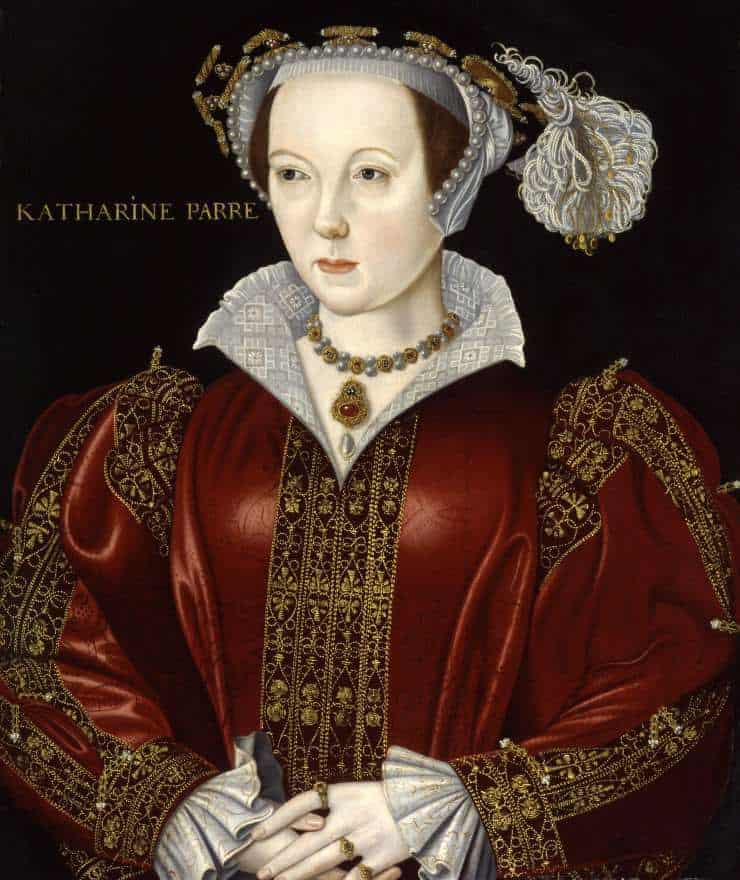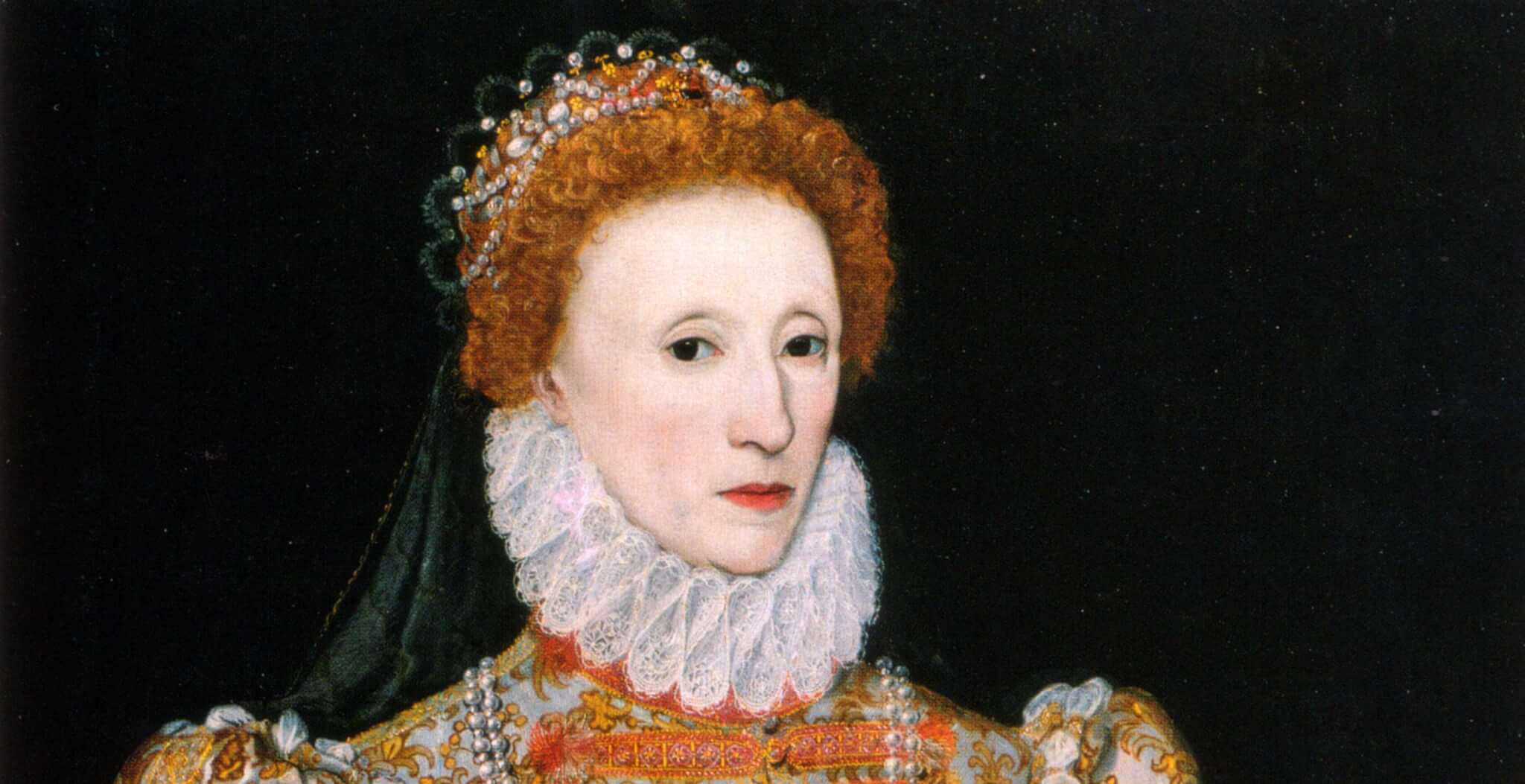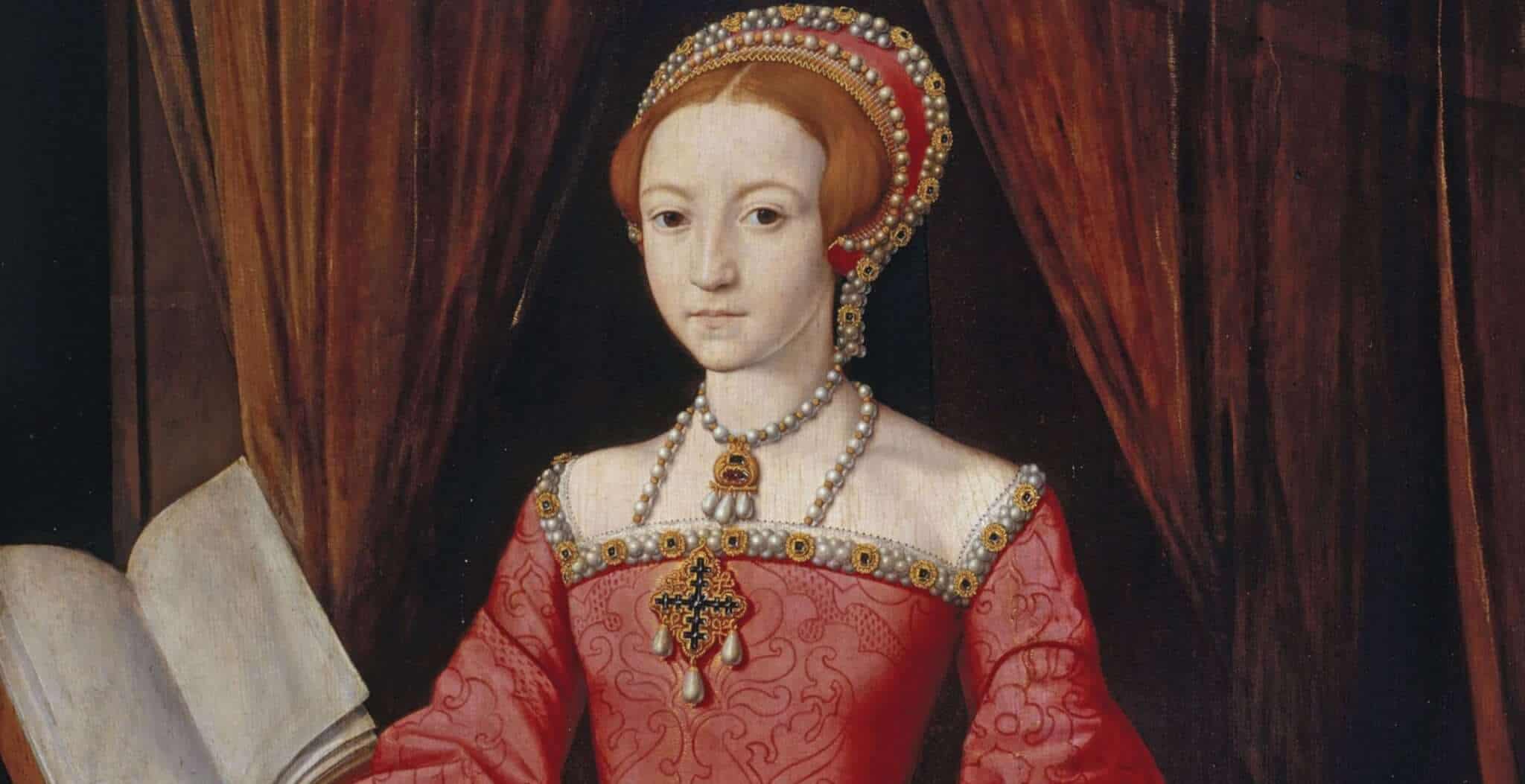The famous historical rhyme – Divorced, Beheaded, Died, Divorced, Beheaded, Survived – is ingrained in all KS3 history students across the country; the tale of Henry VIII and his six wives. The rhyme suggests that his final wife, Catherine Parr was the survivor of the notorious womanizer, but is that really true? What of his fourth wife, his ‘belov’d sister’ Anne of Cleeves?

After losing his ‘first true wife’ Jane Seymour in childbirth, Henry VIII embarked on a political marriage to the German Princess Anne Of Cleeves. The pair had never met but had portraits sent back and forth, of which both approved, and the marriage was arranged. Upon seeing Anne for the first time Henry, in disguise, was said to be disappointed with her; he felt deceived that she was not as promised or described.
At the point of their marriage on the 6th January 1540, the king was already looking for ways to get out of it; the political alliance at this point was not as relevant as it had been. Henry famously called Anne his ‘Flanders’ Mare’ because of her ugly appearance. All this was not helped by the fact he now had eyes for the young, popular Katherine Howard.
Anne was not like his other wives. He famously liked his wives to be well read, well educated in both literature and music, and able to offer him advice and counsel. This was not Anne. She had grown up sheltered in her court, focusing her time on domestic skills. She liked to sew and was a keen card player, but did not speak English.
The marriage was never consummated. After four nights in her bedchamber, Henry declared that her physical unattractiveness left him unable to complete his kingly duty. One could argue that the innocent Anne and the potentially impotent Henry VIII may have had something to do with this.

After 6 months, the marriage was annulled, claiming it had never been consummated and therefore would not need a divorce. Anne did not argue against the annulment, she accepted it and on the 9th July 1540 the marriage was over. Twenty-one days later Henry VIII married his fifth wife Katherine Howard.
Many regard Anne as the discarded wife, or the ugly one, however you can argue that in fact she is the real survivor. After the annulment of the marriage, Henry and Anne remained on good terms, partly because she had not made a fuss and allowed the annulment to take place. For this Anne was awarded the title of ‘The Kings Sister,’ and was placed as the highest woman in the country, save Henry’s wife and children.
This gave Anne a great amount of power, alongside a generous allowance, including several castles and properties bestowed on her by Henry. Among these were Hever Castle, previously owned by the family of Henry’s second wife, Anne Boleyn, and Richmond Castle. Anne was regarded as a honourary member of the king’s family and was often invited to court, including for Christmas, where it is reported she would happily dance with Henry’s new wife Katherine Howard.
Anne of Cleeves outlived every one of Henry’s wives and she lived to see, and be involved with, the coronation of his first daughter, Mary I. She lived in great comfort in her castles and created strong bonds with Henry’s daughters.
The reason we can consider Anne of Cleeves more of a survivor than Catherine Parr, is down to what happened after the death of Henry VIII.

When Henry died in 1547, his widow Catherine Parr was free to remarry. Six months after the death of Henry, Catherine married Sir Thomas Seymour, brother of the deceased queen, Jane Seymour.
Six months after the marriage, and a year after the death of her third husband Henry VIII, Catherine became pregnant. This came as a shock to the dowager Queen, as she had not conceived in her first three marriages.
During her pregnancy, Catherine’s husband was discovered to have taken an interest in the Lady Elizabeth, who would become Elizabeth I. Rumours began to circulate that he had planned to marry Elizabeth before he married Catherine. These rumours led to Elizabeth being sent away from her beloved stepmother, and the two would never see each other again.
Catherine Parr died eight days after giving birth to a daughter, it is believed of childbed fever. Her daughter Mary was to grow up without a mother or a father, as after a plot was discovered to put the protestant Elizabeth on the throne, her father Sir Thomas Seymour was beheaded for treason.
So was Catherine Parr really the survivor of the tyrannical, womanizer Henry VIII? I believe not, as she outlived the King by only a year and that year that was less than happy, with a potentially cheating husband and a difficult pregnancy which led to her death.
I argue that Anne of Cleeves was the real survivor, living a very contented and full life, advising and corresponding with Henry’s children. Her final days, thanks to Queen Mary I, were spent in luxury at Chelsea Old House, where Catherine Parr had lived after her remarriage.
By Laura Hudson. I am a History Teacher based on the South Coast of England.







